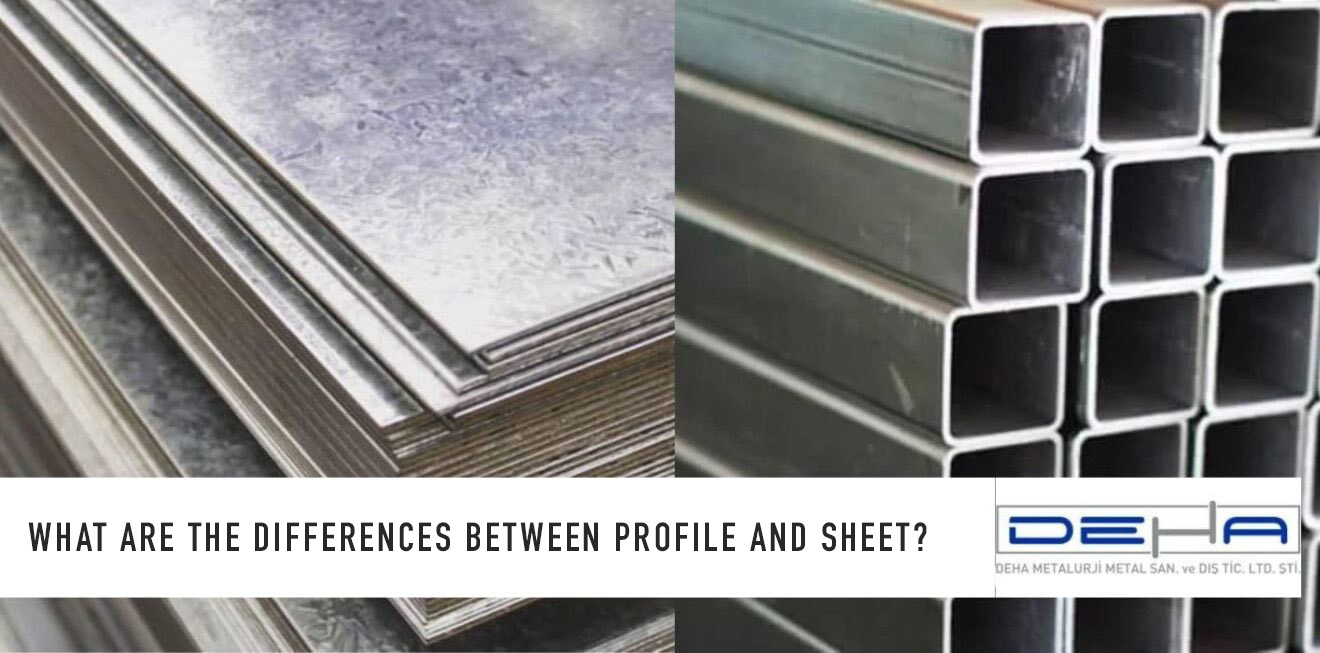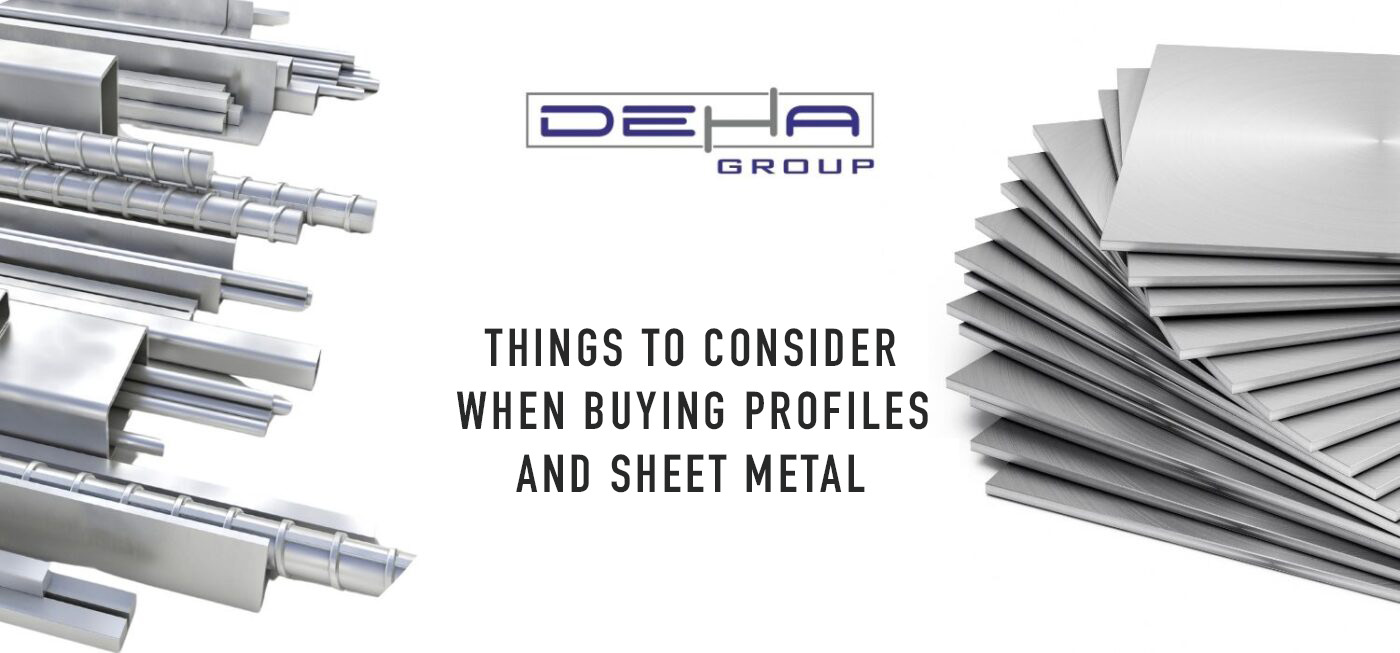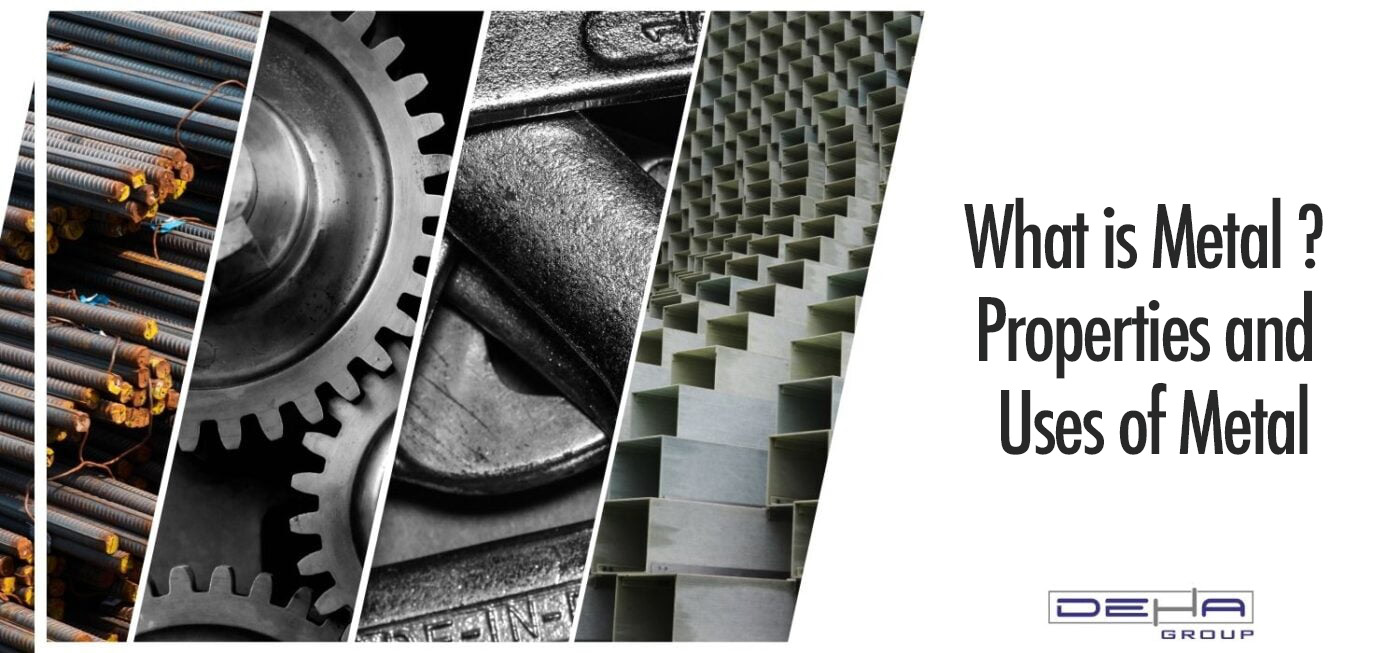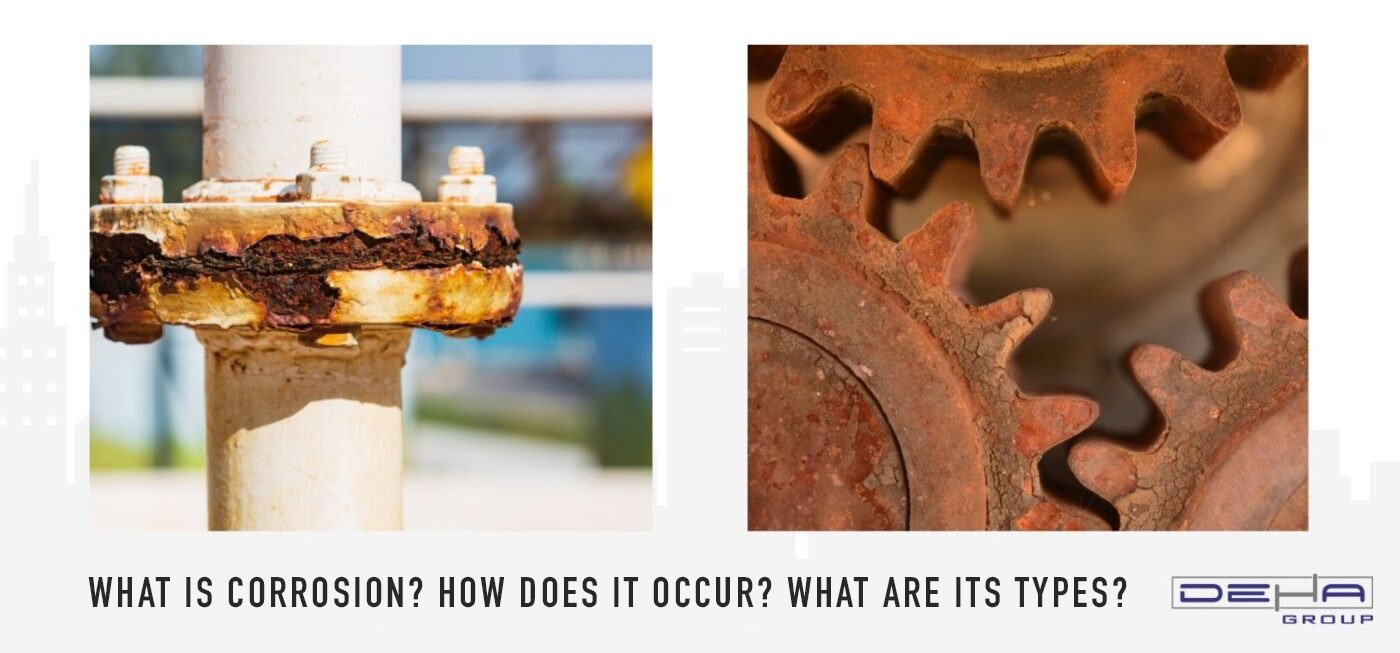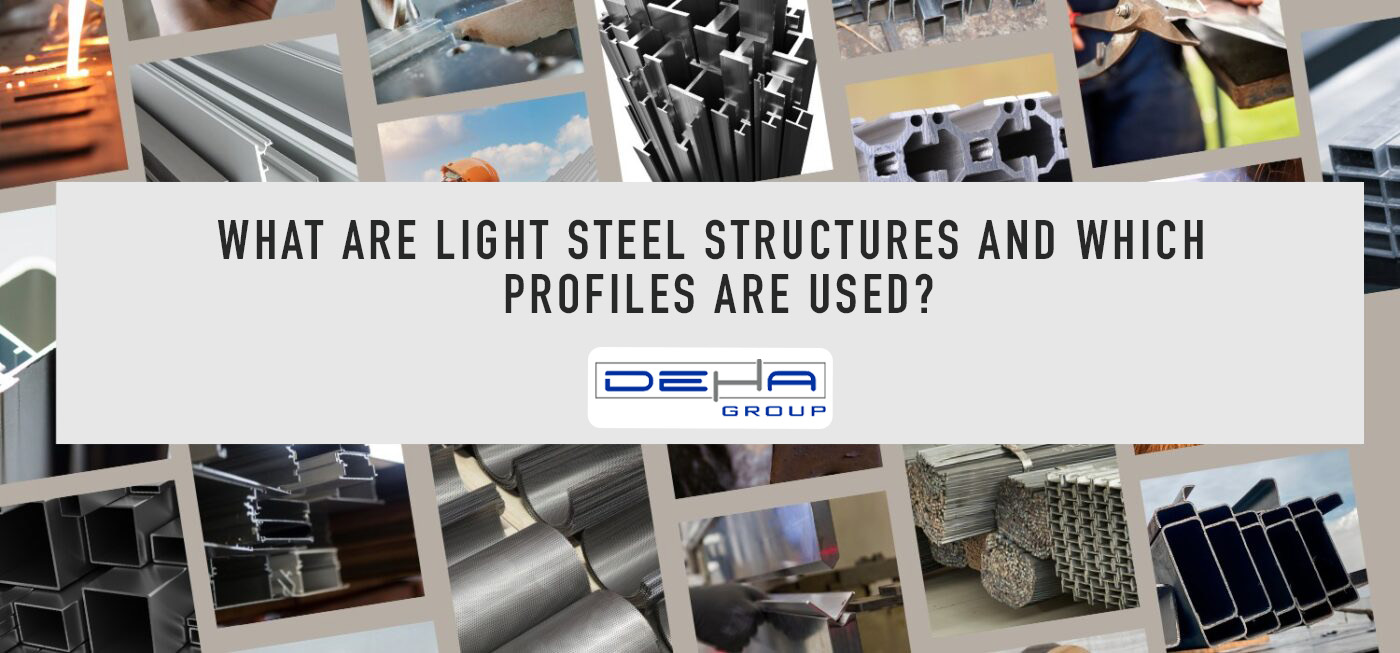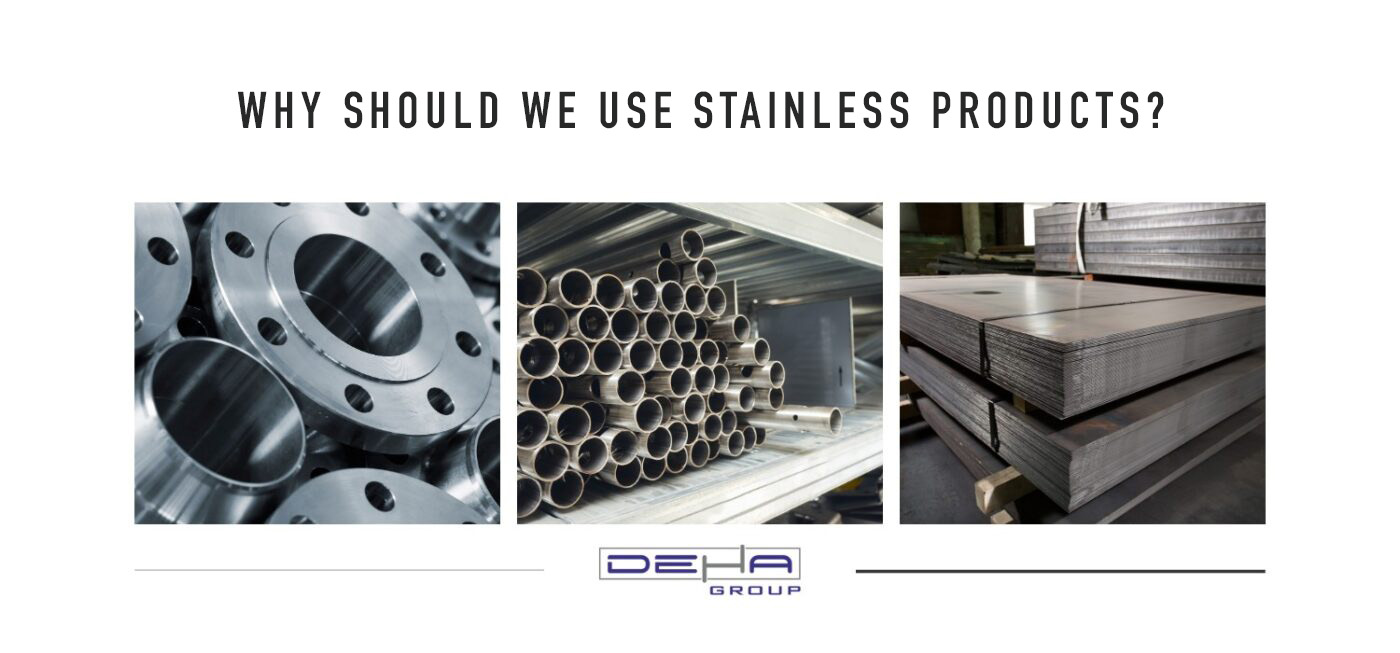
Stainless steel is preferred in many industries and in daily life due to the unique advantages it offers. Firstly, the biggest advantage of stainless steel is its superior resistance to corrosion. While other metals tend to rust and deteriorate over time, stainless steel is resistant to such environmental effects. This feature is critically important in applications exposed to water, moisture, and acidic environments. Therefore, stainless steel can be confidently used in a wide range of applications, from kitchen equipment to construction materials.
Secondly, the durability and longevity of stainless products provide a major advantage in terms of cost-effectiveness. Thanks to its sturdy structure, stainless steel products require less maintenance and can be used for a longer time. This means cost savings for businesses and consumers in the long term. Additionally, the recyclability of stainless steel products offers a significant advantage in terms of environmental sustainability. Through recycling, it contributes to the conservation of natural resources and the reduction of waste.
Finally, stainless steel is also preferred for its aesthetic appeal. Its bright and modern appearance makes it commonly used in design projects and decorative applications. Architectural structures, interior designs, and furniture gain both elegance and functionality with stainless steel. At the same time, its hygienic properties make it an ideal choice in food processing, healthcare, and medical fields. The fact that stainless steel surfaces are easy to clean and sterilize makes its use indispensable in these areas. These versatile features clearly demonstrate why stainless steel products are such a widely used and preferred material.
Stainless products are known for their resistance to corrosion, longevity, and aesthetic appearance. Stainless steel is the main material used in the production of these products. Here are some examples of stainless products:
Stainless Steel Pipes: Commonly used in construction, water distribution systems, and industrial facilities. They are resistant to high pressure and corrosion.
Stainless Steel Sheets: Typically used in architectural and decorative applications, kitchen equipment, elevator claddings, and industrial machinery production.
Stainless Steel Profiles: Used in structural applications, furniture manufacturing, and the automotive industry. Available in various shapes and sizes.
Stainless Steel Screws and Bolts: Frequently preferred in construction, automotive, and marine industries. They have high strength and corrosion resistance.
Stainless Steel Storage Tanks: Used for storing liquids and gases in the food, chemical, and pharmaceutical industries. They are hygienic and durable.
Stainless Steel Kitchen Equipment: Sinks, countertops, pots, pans, and other kitchen utensils are made of stainless steel. They are sturdy, durable, and easy to clean.
Stainless Steel Hand Tools: Hand tools like screwdrivers, pliers, and wrenches are long-lasting and corrosion-resistant.
Stainless Steel Medical Equipment: Surgical instruments, sterilization equipment, and hospital furniture are made from stainless steel. They are hygienic and durable.
The reason stainless steel products have such diverse applications is because of the material’s high resistance to corrosion, longevity, and aesthetic appearance.
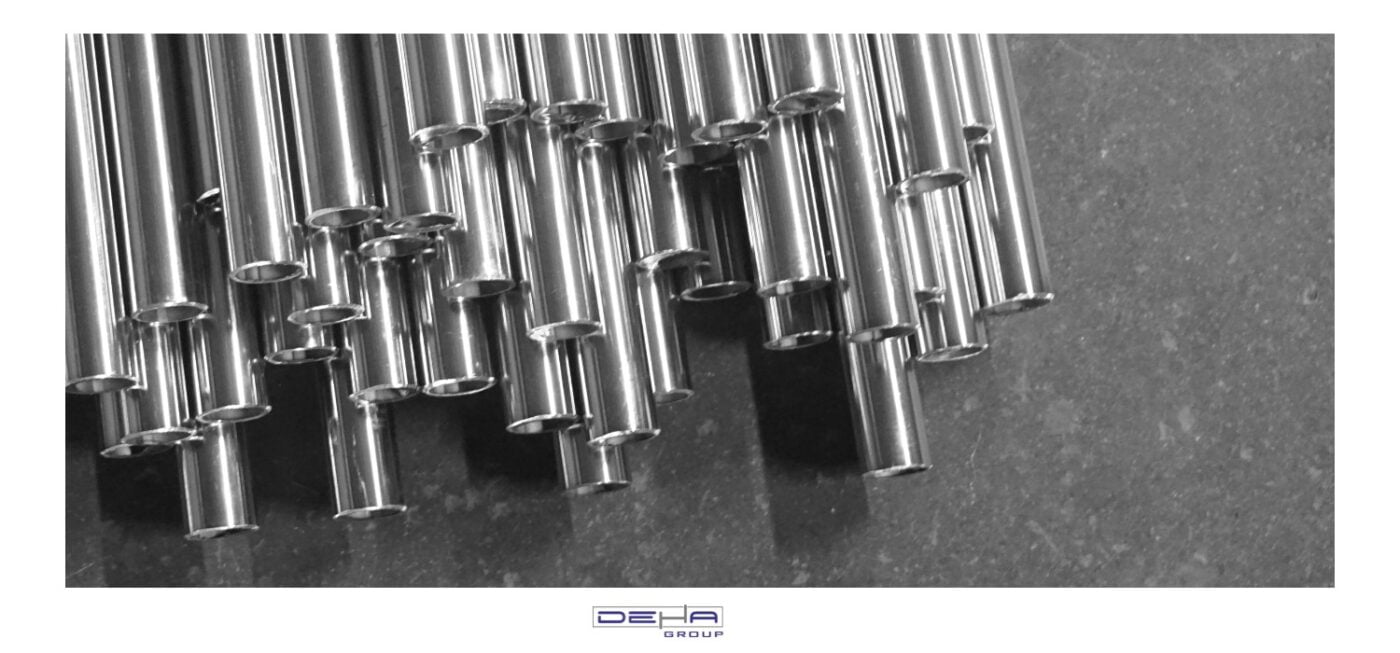
There are various methods and indicators to understand if a product is stainless. Here are some tips and methods:
Material Identification
Labels and Certificates: There might be a label, stamp, or certificate on the product indicating it is stainless steel. These labels usually specify the material type and quality standards.
Product Information: There might be information in the documents or packaging provided when purchasing the product, indicating it is stainless steel.
Visual Inspection
Gloss and Surface: Stainless steel typically has a shiny, smooth, and homogeneous surface. If the product’s surface is smooth and spotless, it might be stainless steel.
Magnet Test: Most types of stainless steel exhibit little to no reaction to a magnet. However, some types of stainless steel (such as martensitic stainless steel) may react to a magnet.
Chemical Tests
Stainless Steel Test Solution: There are chemical solutions specifically used for testing stainless steel. In tests performed with these solutions, you check for any color change when applied to the steel surface.
Nitrate Test: Stainless steel is resistant to nitric acid. A small amount of nitric acid is carefully dripped onto a small area, and the reaction is observed. Stainless steel will not show a reaction.
Corrosion Test
Water and Salt Test: Salty water is applied to a small area and left for a while. Stainless steel shows little to no signs of corrosion when exposed to salty water.
Density and Weight
Weight: Stainless steel products are generally heavier. The weight and density of the material are higher compared to other metals.
Manufacturer and Brand Assurance
Trusted Brands and Suppliers: Buying products from trusted brands and suppliers ensures confidence that the material is stainless steel. You can request documents from the manufacturer or seller confirming the material’s properties.
These methods and tips can help determine if a product is stainless. However, the most definitive results are obtained through professional laboratory tests and analyses.
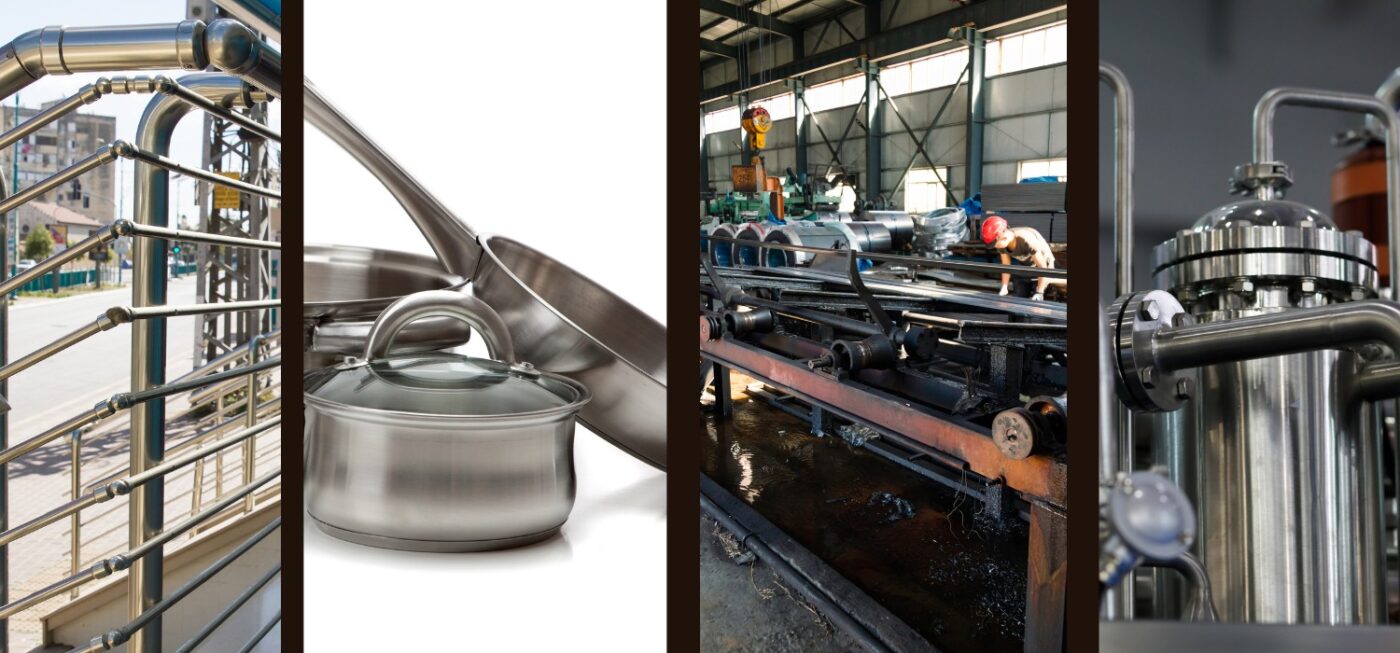
Cleaning and Maintenance
Regular Cleaning: Regular cleaning of stainless steel surfaces is crucial for ensuring their longevity and maintaining their aesthetic appearance. Dirt, dust, and other substances that accumulate on the surface can lead to corrosion over time. For the cleaning process, hot water and a mild soap solution will generally suffice. After cleaning, thoroughly drying the surface can prevent water spots from forming. Additionally, you can use special cleaner sprays designed to minimize stains and fingerprints on stainless steel surfaces.
Appropriate Cleaning Materials: Avoid using harsh abrasives or chlorinated cleaning agents when cleaning stainless steel surfaces. Such materials can cause scratches and damage to the surface. Instead, use soft microfiber cloths and cleaning products specifically formulated for stainless steel. Bleach products containing chlorine can particularly damage stainless steel surfaces, so it's important to avoid such products. Using the right cleaning materials helps preserve the shine and durability of stainless steel surfaces.
Protection Against Corrosion
Moisture Control: Preventing stainless steel products from remaining in damp environments for extended periods is important for avoiding corrosion. Moisture can lead to the formation of corrosion spots on stainless steel over time. Keeping the products dry after use minimizes the risk of corrosion. Special attention should be given to ensuring that stainless steel products used outdoors are not left in damp conditions for long.
Avoid Acidic and Salty Environments: Stainless steel becomes more susceptible to corrosion when in prolonged contact with acidic and salty substances. Particularly, stainless steel surfaces exposed to salty water like seawater need to be regularly cleaned and protected. Special protective coatings or polishes can be used to safeguard stainless steel products in such environments. Cleaning the surface immediately after contact aids in preventing corrosion in the long term.
Usage Guidelines
Exposure to High Heat: Although stainless steel products are resistant to high temperatures, it is advised not to expose them to extreme heat. High temperatures can adversely affect the physical structure and aesthetic appearance of stainless steel. Preventing stainless steel used in kitchen equipment from overheating ensures the material lasts longer. Additionally, avoiding sudden temperature changes is important.
Protection Against Scratches: Another important consideration is ensuring stainless steel surfaces do not get scratched. Direct contact with hard and sharp objects can cause scratches on the surface. These scratches can reduce the corrosion resistance of stainless steel. To protect against scratches, it's recommended to properly shield stainless steel surfaces and use protective coatings when necessary. Preventing scratches extends both the aesthetic and functional life of the surface.
Storage Conditions
Dry and Cool Places: Storing stainless steel products in dry and cool environments extends their lifespan. Exposure to direct sunlight or high humidity can increase the risk of corrosion on stainless steel surfaces. Special care should be taken in the storage conditions of products that will not be used for a long time. By avoiding damp environments, you can minimize the risk of corrosion.
Protective Coatings: Protective coatings or oils can be applied to stainless steel products that will not be used for a long time. These protective substances create a barrier on the surface during storage, preventing corrosion. Especially in industrial applications, properly protecting stainless steel products before storage enhances the material's performance and durability. Protective coatings also provide additional protection against scratches and damage that may occur during storage.
Installation and Setup
Correct Installation Techniques: Using the correct techniques and tools during the installation of stainless steel products prevents damage to the material and extends its lifespan. Incorrect installation techniques can negatively affect the structural integrity and aesthetic appearance of stainless steel products. Being careful and meticulous during installation ensures the material maintains its performance in the long term.
Appropriate Fasteners: It is important to use fasteners compatible with the material during the installation of stainless steel products. Incompatible metals can cause galvanic corrosion, reducing the corrosion resistance of stainless steel surfaces. By using fasteners compatible with stainless steel, you can eliminate the risk of galvanic corrosion. Appropriate fasteners enhance the safety and durability of the installation.
By paying attention to these detailed guidelines, you can use your stainless steel products smoothly for longer and keep their performance at the highest level.

 TR
TR

